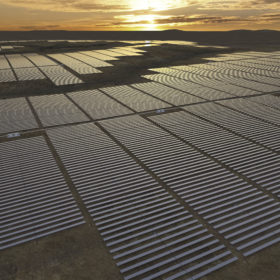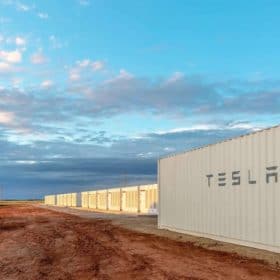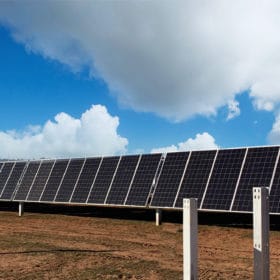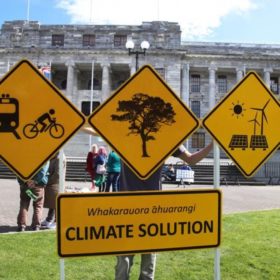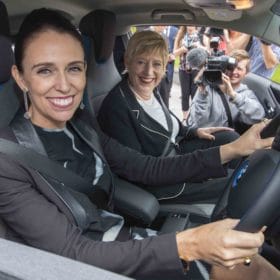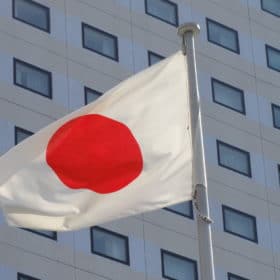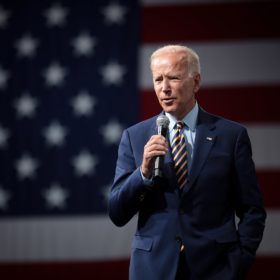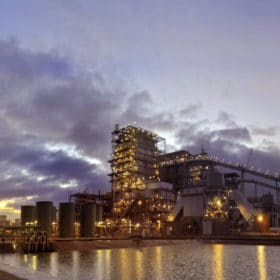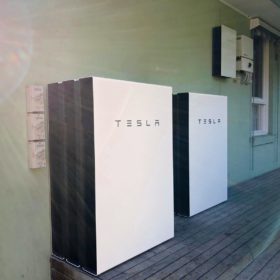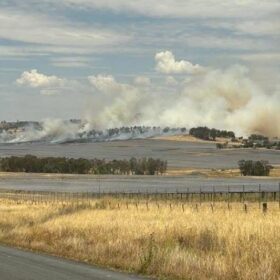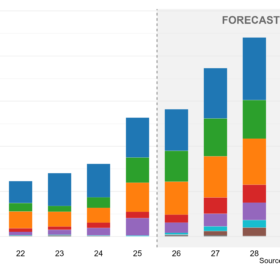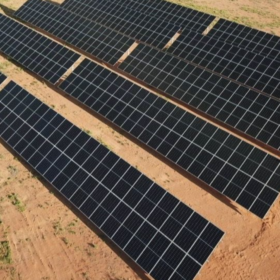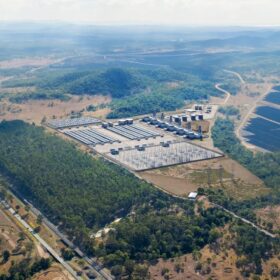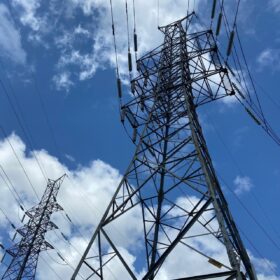Renewables need land – and lots of it. That poses tricky questions for regional Australia
Renewable energy capacity in Australia is expected to double, or even triple, over the next 20 years. There is one oft-overlooked question in this transition: where will it all be built?
Against the odds, South Australia is a renewable energy powerhouse. How on Earth did they do it?
Less than two decades ago, South Australia generated all its electricity from fossil fuels. Last year, renewables provided a whopping 60% of the state’s electricity supply. The remarkable progress came as national climate policy was gripped by paralysis – so how did it happen?
UNSW flicks the switch on 100% renewable electricity
UNSW Sydney researchers pioneered the development of solar photovoltaic technology, which is now helping the University achieve net zero emissions from energy use.
The US jumps on board the electric vehicle revolution, leaving Australia in the dust
“Australians should be able to choose the type of car they drive,” said the Federal Minister for Energy and Emissions Reduction, Angus Taylor on Friday when he released a national plan to reduce carbon emissions from Australia’s road transport sector — a plan without a target, without incentives, and with relatively meagre investment in bringing about essential change.
Climate Change Commission calls on New Zealand government to take ‘immediate and decisive action’ to cut emissions
New Zealand’s Climate Change Commission today released its long-anticipated advice to the government on how to reshape the economy to meet the country’s domestic and international climate change obligations. The document sets out three emissions budgets, covering 15 years to 2035 in five-yearly plans. It also provides advice on the direction policy should take to achieve the country’s 2050 net-zero goal.
How to cut emissions from transport: ban fossil fuel cars, electrify transport and get people walking and cycling
For the transport sector, which is responsible for half of New Zealand’s energy-related emissions, the commission suggests a sweeping set of changes to electrify the country’s car fleet and to replace imported fuels with local renewable electricity. It’s exciting to see a national-level plan that actually cuts emissions. But it raises two questions: is it feasible, and is it the best or only option?
Are Japan’s upstream players heading for the exit?
Moves by Japan’s trading houses to de-risk their upstream portfolios make sense. Faced with falling domestic oil and gas demand and an accelerating energy transition, future E&P investment is far less certain. Strategy reviews are switching focus to new growth areas – covering everything from fintech to pork bellies – with the increasingly diverse businesses of Japan’s trading houses challenging upstream for future capital.
Biden’s Senate majority doesn’t just super-charge US climate action, it blazes a trail for Australia
An aggressive US climate policy rollout could provide a much needed dose of reality to the climate discourse in Canberra. It may also prompt Australia’s major parties to acknowledge the inevitability of a transition to a zero carbon economy.
How Australia can phase out coal power while maintaining energy security
The end of coal-fired generation in Australia is inevitable. Zero marginal cost, zero emissions energy is now a reality. Wind and solar are cheaper sources of new electricity than coal in most cases, putting significant pressure on the profitability of the inflexible, ageing coal generators. The only questions are when coal-fired power stations will close and how well Australia will manage that phasedown.
Why you should join the charge for solar batteries
The sooner you invest in a solar battery the better off you’ll be, says Lightning Solar & Electrical’s George Panayides. After installing hundreds of solar batteries throughout Australia, Panayides says that demand is picking up and the future is bright, but notes that while high prices may inhibit uptake for some, the savings to be made with batteries and VPPs are a sure thing.
